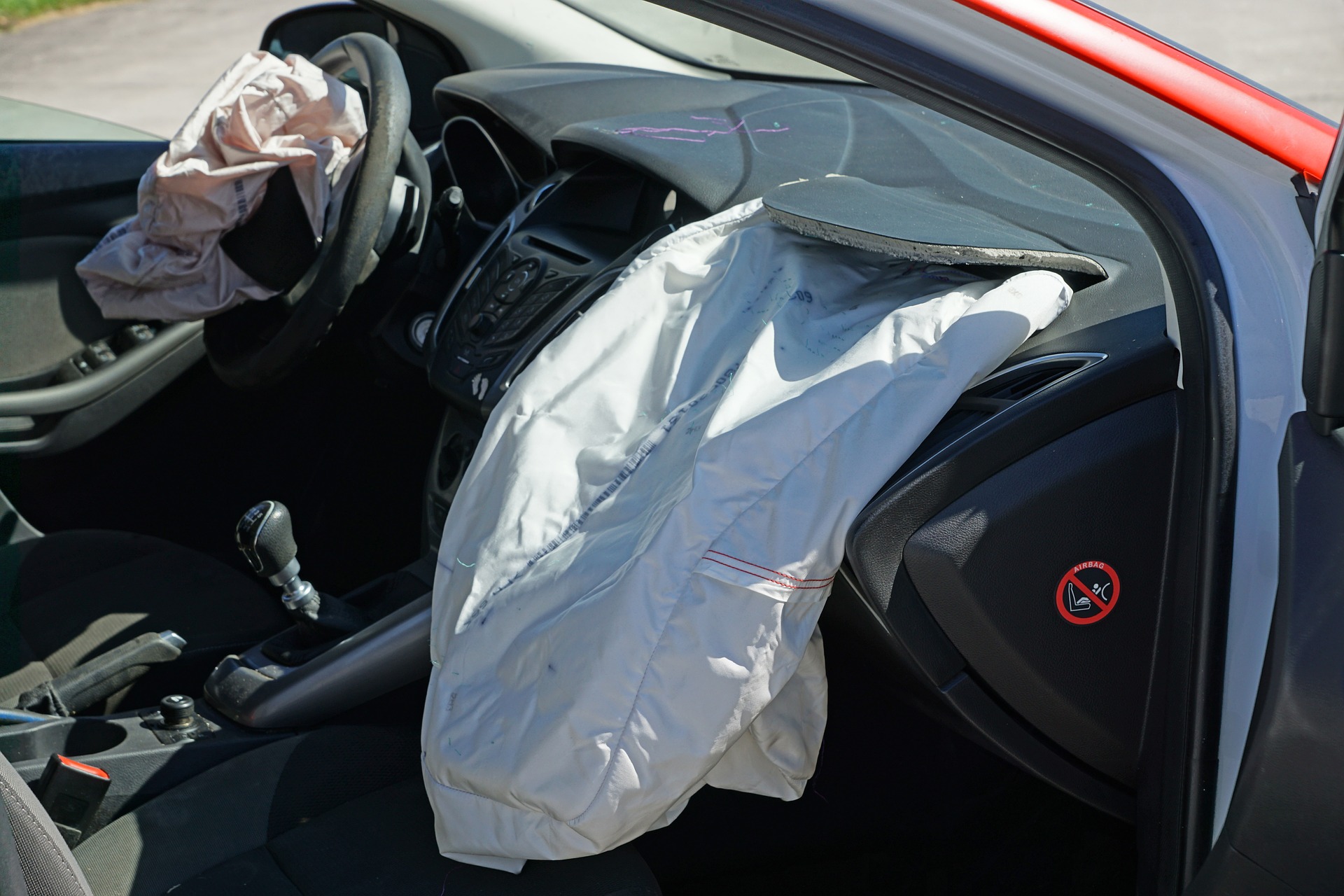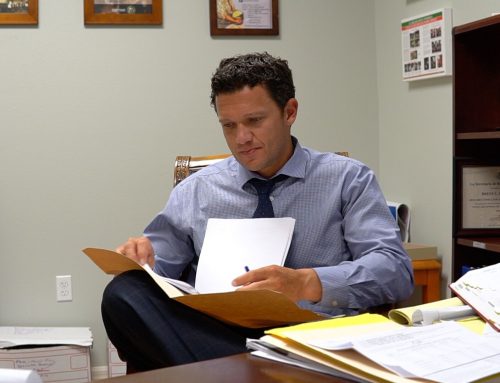Florida, and in particular the Gulf Coast, has always been a popular destination for visitors, vacationers and new residents. Over the last two years, this state has experienced unprecedented growth, and we have more people living here than ever before. This is evident to anyone traveling the roads, which have become noticeably more crowded. Therefore it is more critical than ever to make sure that you protect yourself while driving, and that includes having enough auto insurance to cover any unexpected incidents. It is important to note that it is illegal to drive a vehicle on any Florida road without obtaining at least the minimum level of car insurance – both for personal injury protection (PIP) insurance and property damage liability (PDL) insurance. There is no scenario when this coverage is not necessary and required by law, even though Florida has the highest amount of uninsured drivers in the country. (20%)
But how much car insurance do Tampa or Orlando drivers really need?
Minimum Car Insurance Coverage in Florida
There is a minimum requirement for vehicle insurance coverage:
-
- $10,000 of no-fault or personal injury protection (PIP) insurance.
Personal Injury Protection, or PIP insurance, is in place to cover medical costs and wages lost after a car accident, as well as those of:- Children of the insured – or other members of your household.
- Children of the insured when riding on a school bus.
- The insured is a pedestrian or bicyclist and involved in a vehicular accident
- The insured is a passenger in someone else’s car and was involved in an accident
- Passengers in the insured person’s car if they do not own a vehicle or have their own PIP insurance
- $10,000 of property damage liability (PDL) insurance.
Property Damage Liability, or PDL insurance, covers damages to a third party’s property caused by the insured when driving their vehicle.
- $10,000 of no-fault or personal injury protection (PIP) insurance.
IMPORTANT: Note that neither of these required coverages will pay for damage to the insured’s vehicle caused by an accident. Drivers will be required to purchase additional coverage to protect their own vehicles in this way.
Exceeding the Minimum Coverage
While Florida law requires that drivers obtain the minimum coverage for car insurance, many decide to purchase more comprehensive coverage. These policies will protect the driver in situations not covered by PIP and PDL. Some examples of additional Florida coverage options include:
-
- Comprehensive policies cover damage to the vehicle not caused by a car accident. (such as vandalism)
- Collision coverage pertains to accident-related damages to your vehicle.
- Towing and labor riders cover the retrieval of a disabled vehicle due to mechanical issues.
- Uninsured/underinsured motorist coverage will reimburse for damages incurred by accidents with motorists who do not have insurance.
- Bodily Injury Liability covers legal fees and damages if you are sued by another party after a car accident, especially in the event of serious injury or fatality.
Car Insurance Exceptions
Some motorists are required by law to obtain additional insurance. These certifications are known as SR-22 and FR-44 and may be required if:
-
- You have been involved in a vehicle accident that resulted in damage or injury
- You have had your license revoked more than once
- You have multiple violations causing excessive points on your license
- You have been cited for driving without insurance
- You have been convicted of a DUI.
If you have any questions about your legal status on the road, be sure to check with your insurance company – don’t take chances!
Call the Florida Car Accident and Personal Injury Experts
If you have been involved in a car accident and need representation, call the personal injury attorneys at Probinsky & Cole. We have offices in Sarasota, Brandon (Tampa), and Orlando – and we are here to help.








